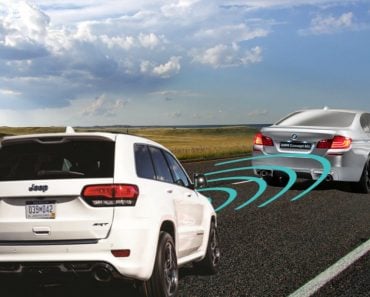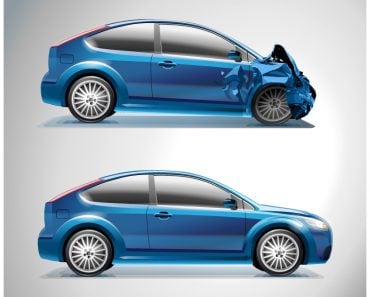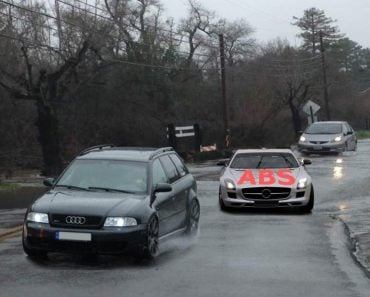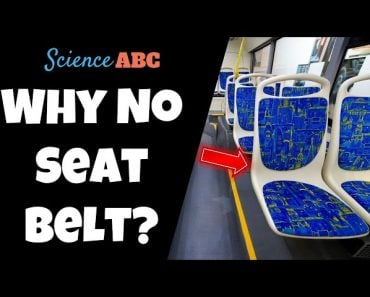Automated highway systems establish broad communication and take control of the entire road network, enabling more efficient and safe travel.
In line with what Steve Jobs famously said, we are at the intersection of humanities and sciences.
Technology is no longer an intangible, hard to grasp entity concocted in secretive labs; it is actively used to improve human life every day. One such concept for the future is automated highways. At first, this might sound like the airport carousel that brings your luggage after a flight, but there is far more to it than that!
Recommended Video for you:
A Future Beyond Driverless Cars

Self-driving capabilities are built into many modern cars to some extent, and there is no denying that cars and drivers will share their driving duties in the future. However, if all cars were granted a mind of their own, the roads would be utterly chaotic. Just as the teacher in a classroom keeps children orderly, it would also be nice to have someone watch over traffic, telling all those “smart cars” what to do, as the police certainly can’t help!
Automated Highway Systems (AHS)
The idea of automated highways has been in the works for some time now. The concept stems from the fact that vehicles operate in an ecosystem, not in isolation. However, it is impossible for a human driver to have full visibility and awareness of the entire ecosystem.

This highway ecosystem has several participants and variables, including fellow motorists using all types of vehicles, obstacles, road design and even stray animals. The ecosystem is further governed by various factors, which could be as simple as speed limits, or something as complex as the driver’s state of mind and individual skills.
The increased number of variables adds more complexity to the system. Implications of this are commonly faced in problems such as road rage, risky maneuvers, unplanned traffic jams, and accidents. Fortunately, AHS obliterates most of these governing factors by taking a bird’s eye view of this dynamic ecosystem. It uses this information to communicate with various vehicles on the road, directing them to the most efficient and safe ways to complete a given journey.
AHS Technology
Most modern cars are built with many useful features that enable them to assist the driver and communicate with other vehicles on the road in some way. Some of these include lane departure assistance, adaptive cruise control, and even driver attention detection. AHS seeks to further their utility by adding sensors like CCTV, radar, obstacle sensing, lane tracking and positioning sensors to existing road networks. The most important part of AHS is the communication between the road intelligence and the onboard vehicular intelligence.
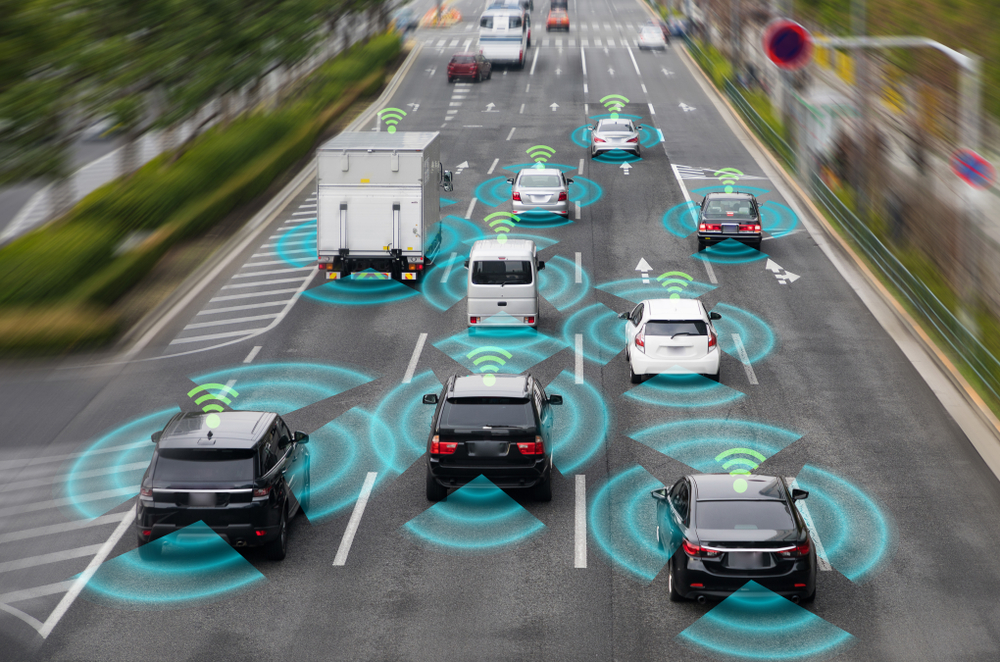
The technology is often identified in 5 discrete levels, ranging from being fully cooperative (traditional driving) to fully controlled (autonomous driving under AHS infrastructure guidance). Each level differentiates from the other by the amount of control the driver has, as compared to the infrastructure. This control is defined by four parameters, namely local position keeping, ability to change lanes, ability to detect obstacles and react to them, and the ability to control the flow of traffic.
Autonomous Concept
Autonomous concept symbolizes traditional driving, wherein all decisions must be made by the driver and the vehicle intelligence. There is no assistance from AHS infrastructure.
Cooperative Concept
This is an iterated form of the autonomous concept where vehicles are capable of communicating with each other and negotiating driving maneuvers. The onboard intelligence systems in the vehicle can communicate amongst themselves and issue warnings. Ultimate control remains vested with the driver and there is no help from the AHS.
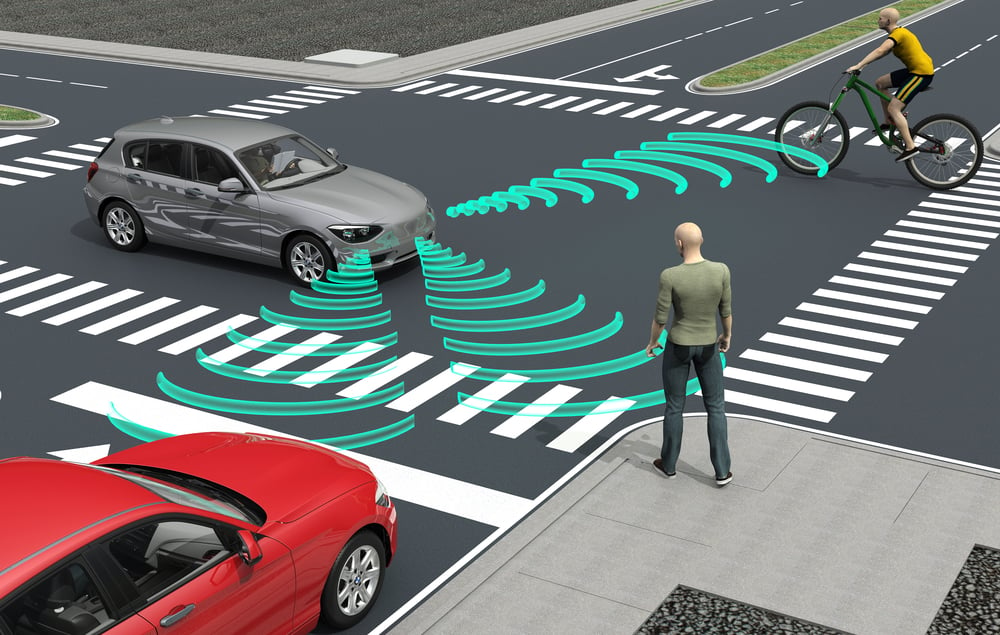
Infrastructure Supported Concept
This is the true differentiating stage where AHS begins to play a significant role. It usually involves fully automated vehicles driving in dedicated lanes. The AHS provides inputs to vehicles by classifying them in groups, and then assists them in coordinating. Lane changing is the only activity achieved by cooperative negotiation, albeit with inputs from the system.
Infrastructure Managed Concept
At this stage, the AHS system takes partial control of driving duties. Since it operates in the existing infrastructure, the AHS helps during entry and exit into dedicated lanes, as well as during emergencies. Activities such as lane changing and response to obstacles are also accomplished by the exchange of requests and commands between the vehicle and the AHS.
Infrastructure Controlled Concept
At this stage, the AHS takes full control of the entire driving ecosystem, under all driving conditions, constantly optimizing vehicle movement.
Benefits Of AHS
The most important benefit of AHS is that it can accommodate more vehicles on the road by allowing vehicles to travel closer to each other than they normally would. The presence of self-driving capabilities in the car enables it to react faster and smoother to panicked braking situations than any human response.
Rather than being a parallel infrastructure alongside traditional highways, AHS could be introduced to the existing infrastructure as dedicated lanes. Integration with GPS and navigation systems can help map traffic and plan alternative routes ahead.
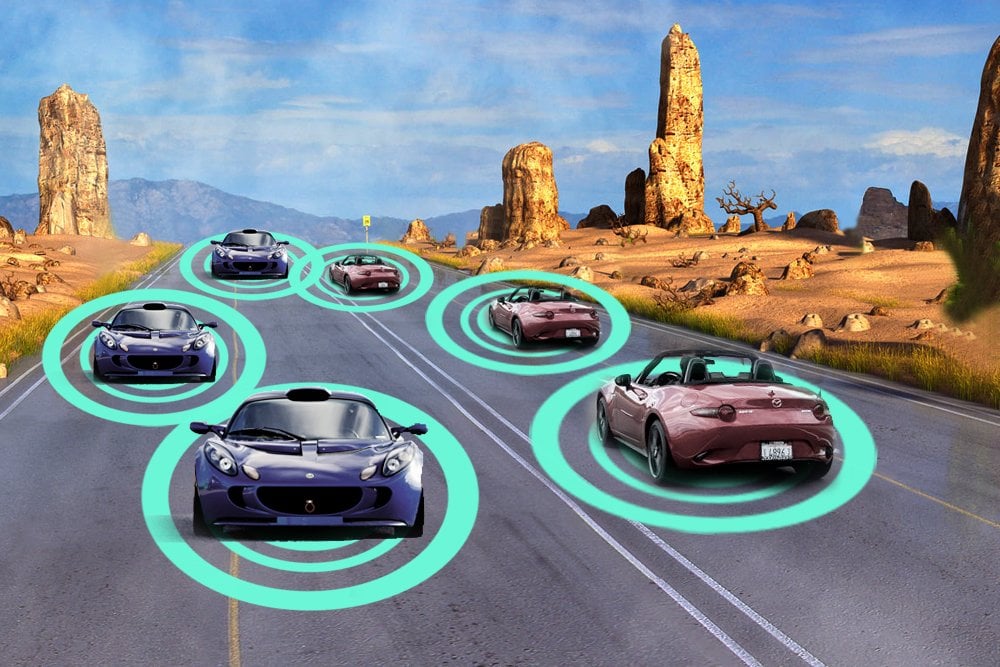
At the same time, by delegating the driver-related factors to technology, hazardous outcomes like traffic jams, accidents and dangerous driving can be avoided. This will not only improve vehicular efficiency, but also human productivity, which is otherwise reduced due to frustrations arising from driving. Miscellaneous benefits include efficient driving even in inclement weather, and the availability of mobility for drivers of all skill levels.
Challenges Of AHS
Implementation and adaptation is the biggest challenge faced by AHS, as it heavily relies on artificial intelligence and machine learning algorithms to make decisions. Thus, it will only improve over time, as more and more self-driving capable vehicles join autonomous road systems. To make this process less troublesome, all autonomous vehicles are currently capable of relinquishing control to the driver when the situation calls for it.
Is It Really An Airport Carousel Then?
Unless one is a stickler for exactitude, automated highways are like airport carousels in concept, although the roads don’t move physically. Instead, they leverage technology to guide you to where you belong, just as your bags are guided along the carousel before reaching you at the airport!
References (click to expand)
- An Assessment of Traffic Congestion and Its Effect on .... ijbssnet.com
- T Afrin. A Survey of Road Traffic Congestion Measures towards a .... MDPI
- The Automated Highway System: An Idea Whose Time Has .... The United States Department of Transportation
- an overview of automated highway systems (ahs) - eScholarship. escholarship.org

